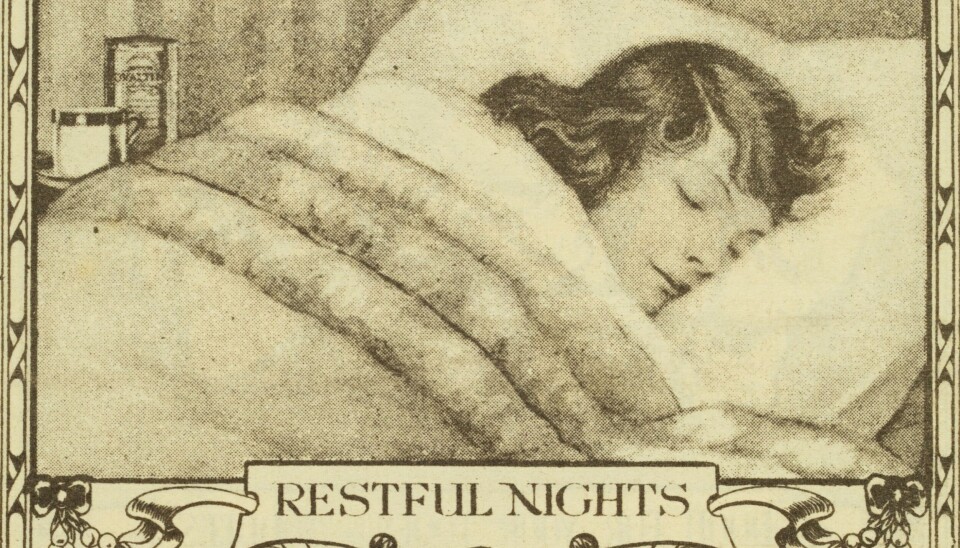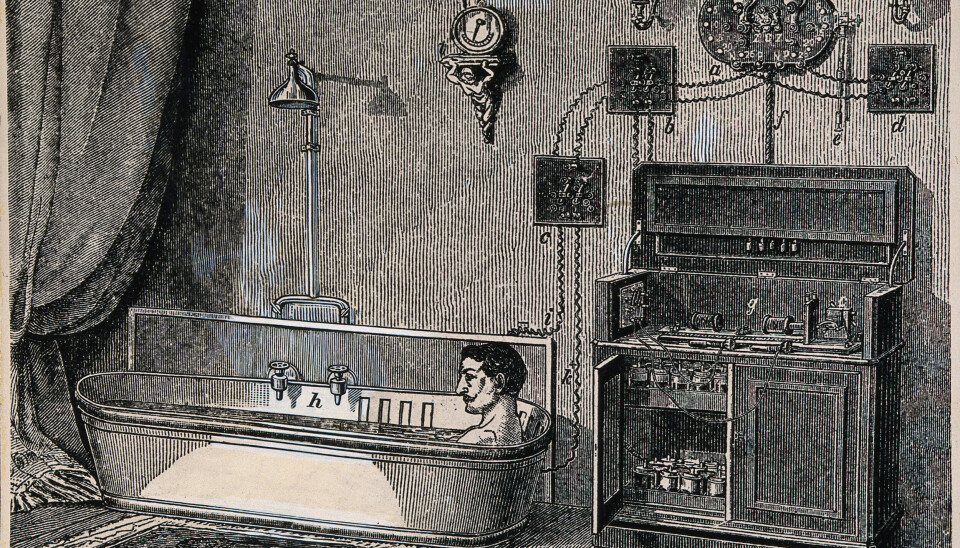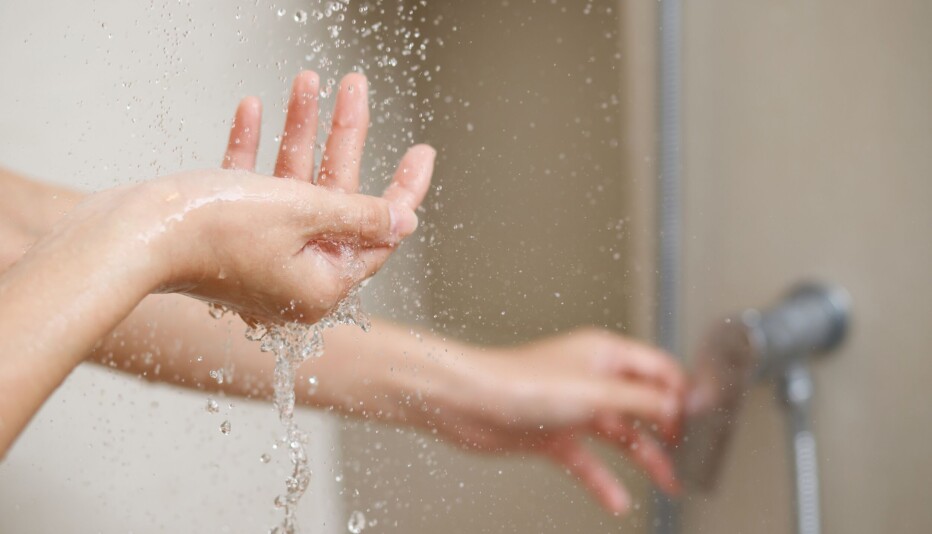Researchers' Zone:

Victorian sleep hacks: An electric bath, some champagne and a chicken salad before bed
Then and now, sleep was a source of constant debate. Here’s a brief history on how they went about their sleep.
Before I put my one year old to sleep each night, I make her a little bedtime snack. It was an idea a parent friend recommended to try and help my daughter sleep better and longer overnight.
It is no mystery that parents are often willing to do whatever it takes to try and help their littles ones (and themselves!) to get a proper night’s sleep.
But as a historian of sleep, I cannot help but see things in a wider context.
Where do our ideas about sleep come from? Is there any scientific validity in a night time snack? And am I, as a parent, getting enough sleep each night to support my own health?
It might not surprise you to know that people have worried about their sleep, and getting enough of it, for a very long time.
Sleep is a basic need of humans and most living things for reasons that we are only just beginning to fully understand.
And while people in the past might not have had the same ability to study sleep as we do now, they still understood its importance.
At the same time, practices of sleep are not universal – how people sleep, when, with whom, and for how long, vary at different times and in different places.
This is what makes it such a fascinating topic for a historian like me. In this article, I consider whether there is anything we can learn from how people in the past thought about sleep and sleeplessness.
New technology messed with our sleep in the 19th century
While sleep has traditionally been overlooked by researchers who prefer to look at big, exciting themes like ‘war’ or ‘disease’, studying sleep can tell us a lot about everyday life in the past.
Many of our contemporary ideas about sleep originate in the 1800’s, or as we call it in British history, the ‘Victorian’ period, referring to the almost 64 year reign of Queen Victoria (from 1837-1901).
In the nineteenth century, our world changed radically. New technological innovations like lighting, the telegraph and steam power brought with them massive social changes like urbanization and industrialization.
People could work and socialize after sunset – meaning life started to move into the night-time, and into sleep times.
The Victorians worried about the effects of ‘modernity’ on their health, and in particular, their sleep. Victorian doctors spoke about a concerning rise of insomnia.
As an article in the leading British medical publication observed:
»The hurry and excitement of modern life is held to be responsible for much of the insomnia of which we hear; and most of the articles and letters are full of good advice to live more quietly (…) The pity of it is that so many people are unable to follow this good advice and are obliged to lead a life of anxiety and high tension.« (British Medical Journal 1894)
Feelish peckish before bed? Have some chicken and champagne
So what is this good sleep advice? Much of the sleep advice or ‘sleep hygiene’ that Victorian doctors recommended to their patients would not be so out of place today (though some of it would, I will get to that in a bit).
Common recommendations were to get sufficient exercise, keep the bedroom dark and quiet, bring a hot water to bed, go to sleep at roughly the same time every night, and limit the consumption of tea and coffee.
Something that is a bit different is the emphasis that Victorian physicians placed on when and what to eat around bedtime.
Doctors thought that indigestion was the most common cause of insomnia – specifically, eating rich, heavy or spicy food too soon before bed.
A recommended regimen would involve carefully considering, what you ate throughout the day and when – making sure dinner was a few hours before bedtime.
But they also thought that certain foods could also encourage sleep, and it was recommended to eat a small snack right before bed.
Common 19th-century bedtime snacks included crackers, hot chocolate, and beef tea.
I think my favourite advice comes from British physician Dyce Duckworth who prescribed his patients a glass of champagne and some chicken salad – the champagne relaxed the nervous system and the chicken salad filled the stomach without causing inflammation.
The idea that lettuce can help you sleep dates all the way back the ancient world – and is still around today.
Can’t sleep? Take an electric bath
Without a doubt though there were some weirder things people in the nineteenth century tried to get to sleep that would not be recommended today.
One technique involved placing ice along the patient’s spine – the idea being that this would draw blood away from the brain, helping the person to fall asleep.
Even more extreme was the ‘faradic bath’ or the electric bath – in which the patient would lie in a tub of warm water which was electrified with a ‘mild’ current.
The idea was that the electricity would stimulate your nerves and strengthen your nerve ‘tone’ – helping you to withstand stress and sleep better at night.

Some people reported that this cure was very helpful, but others suggested it was simply having a warm bath before bed that was helping with sleep.
Of course, electricity and water do not mix – and this cure was highly dangerous!
Then again, I have not found any examples of people being killed by an electric bath – while many people did die as the result of the addictive drugs which were also prescribed for insomnia, like laudanum (opium).
Too much blood in the brain to blame for insomnia?
While these insomnia ‘cures’ might seem a little bit strange, it is important to remember that people living in the 1800s understood sleep (and their bodies) very differently than we do today.
These remedies made sense in the context of Victorian science.
New studies based on experimental physiology suggested that sleep was the result of decreased blood pressure in the brain – a phenomenon that could be observed in experimental animals or patients who had lost part of their skulls.
This led doctors to hypothesize that an inability to sleep (insomnia) must be caused by too much blood in the brain.
So they developed therapies that were aimed at moving blood away from the brain.
This theory of ‘cerebral anaemia’ remained the main accepted idea about sleep until the 1930s when it was challenged by American sleep researcher Nathaniel Kleitman.

Snack or no snack before bed?
Today, we understand much more about sleep – what causes it, what happens to our brains and bodies during it, and why it is so important.
New scientific research has led to important breakthroughs in understanding how sleep works, but basic sleep hygiene remains very important today.
It is a good idea to keep your room cool, calm and dark, go to bed at roughly the same time, to not work too late into the night, not to drink too much alcohol or caffeine, or to spend too long looking at your phone (one thing the Victorians did not have to worry about).
In many ways, our ideas about how to prepare for sleep haven’t changed too much since the 1800s.
As for the bedtime snack – this is more of a cultural practice than a scientific one.
New research in chronobiology shows that eating at night can disrupt our circadian rhythms and can have a negative impact on metabolic health.
But at the same time, there are also tryptophan-containing foods that can help you feel sleepier, and keep you from getting hungry overnight like yoghurt, milk and nuts.
The key is to be not too hungry or too full at bedtime.
For my part, I think I will keep giving my daughter a bedtime snack so that she (and I) can get the sleep we need to be happy and healthy.
To learn more about sleep in the past, keep an eye out for the new Bloomsbury Cultural History of Sleep and Dreaming – shortly to be published with Bloomsbury Academic.
Want to hear more about Victorian sleep from Kristin Hussey? Then she’s a guest on ‘We are data’, where she speaks about just that. Or read this blogpost by her, upon which this article is partly based. You can follow her latest research on her website.




